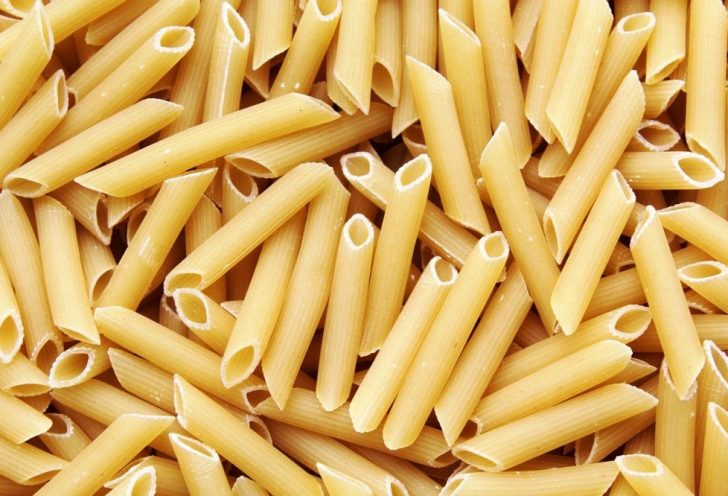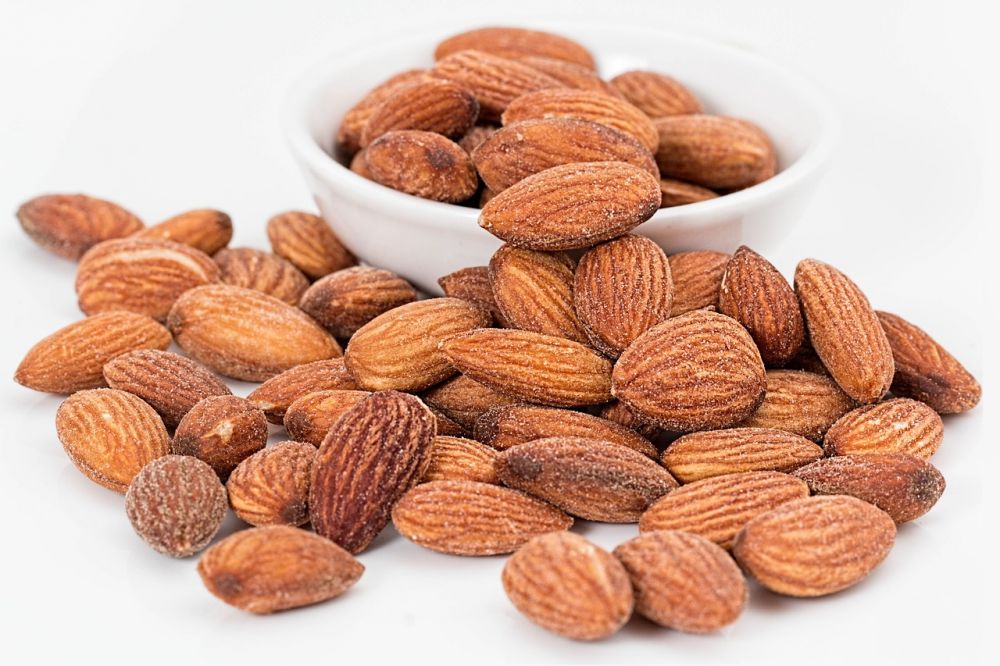Protein Diet: A Comprehensive Guide to Types, Benefits, and Quantitative Measurements

Introduction:
Protein diet has gained immense popularity in recent years, as people strive to maintain a healthy lifestyle and achieve their fitness goals. In this comprehensive guide, we will delve into the intricacies of protein diet, exploring its definition, various types, popularity, and the quantitative measurements associated with it. Additionally, we will discuss how different protein diets differ from each other and take a historical look at the advantages and disadvantages they offer.
1. An Overview of Protein Diet:

Protein diet refers to a dietary approach that focuses on consuming foods rich in protein while limiting the intake of carbohydrates and fats. By doing so, individuals aim to promote weight loss, build muscle mass, and enhance overall well-being. This type of diet is often favored by athletes, bodybuilders, and those seeking to achieve specific fitness goals.
2. Types of Protein Diet:
a. High Protein, Low Carb Diet: This type of protein diet emphasizes on consuming a significant amount of protein while restricting carbohydrate intake. It aims to induce a state of ketosis, where the body primarily burns fat for energy instead of glucose.
b. Plant-Based Protein Diet: This protein diet revolves around consuming plant-based sources of protein, such as legumes, tofu, and quinoa. It offers an alternative to those who follow a vegetarian or vegan lifestyle.
c. Protein-Sparing Modified Fast (PSMF): PSMF is an extreme protein diet that involves consuming only high-quality protein sources while significantly reducing calorie intake from other food groups. It is often used in medical settings for rapid weight loss under strict medical supervision.
d. Zone Diet: This type of protein diet emphasizes consuming a balance of protein, carbohydrates, and fats in specific ratios. It aims to regulate insulin levels and promote weight loss.
3. Quantitative Measurements of Protein Diet:
a. Protein Intake: The amount of protein required varies depending on an individual’s age, weight, and activity level. The Dietary Reference Intake (DRI) suggests consuming approximately 0.8 grams of protein per kilogram of body weight. However, athletes and individuals engaged in intense physical activity may require higher protein intake.
b. Protein Sources: Protein-rich foods include lean meats, poultry, fish, eggs, dairy products, legumes, nuts, and seeds. Quantitative measurements can be made by tracking the protein content in these sources through nutritional databases or food packaging labels.
4. Differences Between Protein Diets:
Protein diets can differ in their macronutrient distribution, allowed food groups, and specific recommendations. For instance, high protein, low carb diets focus on minimizing carbohydrate intake, while plant-based protein diets exclude animal-based protein sources. It is essential to understand these differences to choose a protein diet that aligns with individual preferences and goals.
5. Historical Overview of Pros and Cons:
a. Advantages: Protein diets have been associated with numerous benefits, such as aiding in weight loss, increasing satiety, promoting muscle growth and repair, improving metabolic health, and reducing the risk of chronic diseases.
b. Disadvantages: Some potential drawbacks of protein diets include nutrient deficiencies due to restricted food groups, increased strain on the kidneys for individuals with pre-existing kidney conditions, and the difficulty of adhering to strict dietary guidelines long-term.
[INSERT VIDEO HERE]
Conclusion:
Protein diets offer individuals a way to enhance their overall health and achieve specific fitness goals. By understanding the various types, quantitative measurements, and historical advantages and disadvantages associated with protein diets, one can make informed decisions about incorporating them into their lifestyles. However, it is crucial to consult with healthcare professionals or registered dietitians before starting any dietary regimen to ensure it suits individual needs and overall well-being.





















